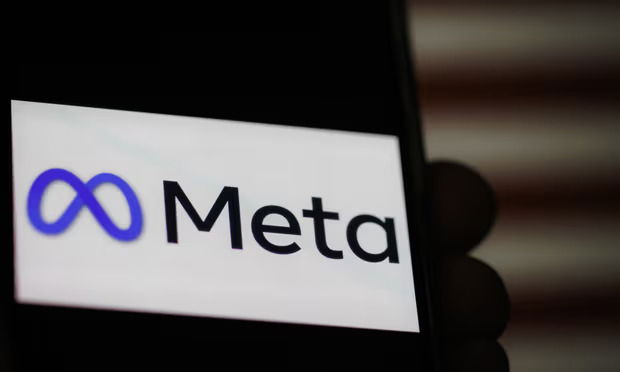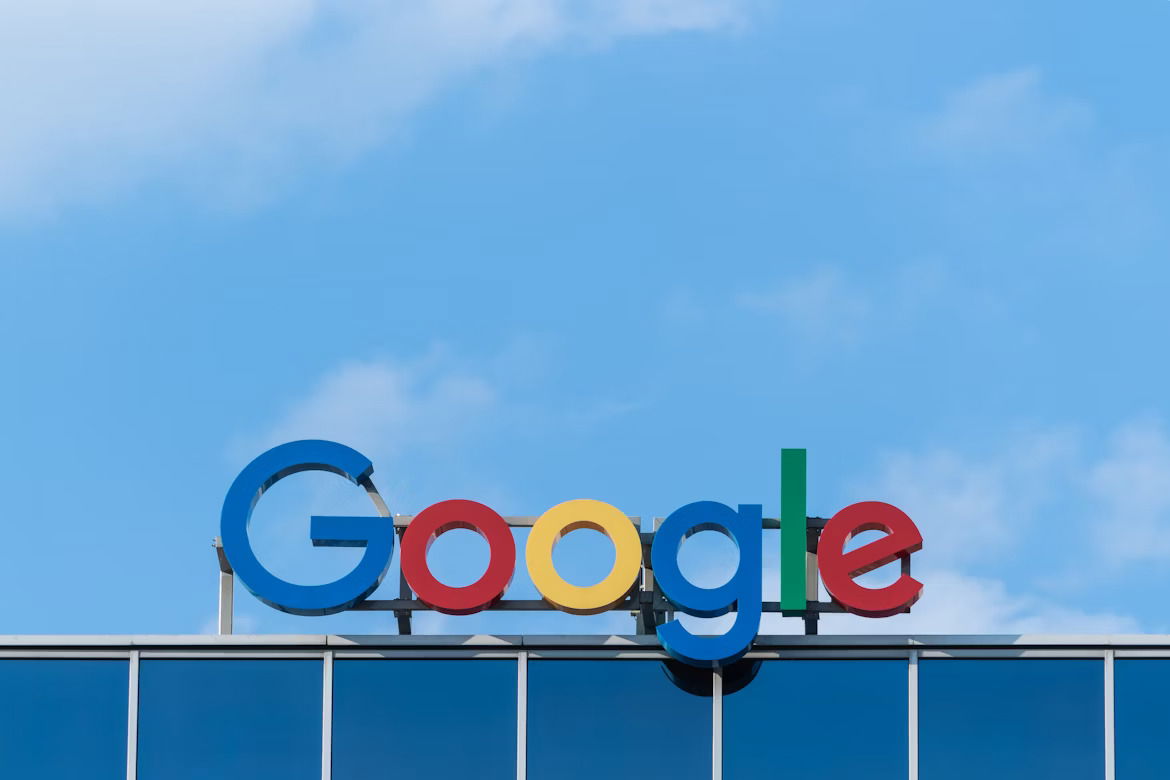POV: You’ve just wrapped on the set up for your new Meta campaign. You nailed the implementation, the visuals are eye-catching, and the copy is spot-on. Now, you’re just waiting for those conversions to start pouring in—but they don’t.
Meta platforms can be tricky and sometimes unpredictable. If your campaigns aren’t converting, there could be a few key reasons. At nimbl, we’re no strangers to diving deep into account audits. We’ve encountered quite the variety of account setups and have pinpointed some common trends that impact conversion rates.
Let’s explore some of the main factors you should watch out for:
1. Your Tracking Isn't Set Up Correctly
Your meta pixel is used to track events and collect data. It acts as a bridge between your Facebook ads and other data sources, like your website or Google Tag Manager (GTM). It’s essential for tracking user interactions and collecting data that’s crucial for your campaigns. Your meta pixel must be installed correctly, configured accurately, and set to track the right events. These events should be tailored to your landing page and campaign goals, aligning directly with your overall strategy.
If your tracking isn’t set up properly, you’re not just flying blind; you’re missing out on key data that could tell you how well your campaigns are performing. This lack of data also means missing opportunities to further optimise your campaign. Ensuring your tracking is spot on is fundamental to maximising the effectiveness of your advertising efforts.
2. Misaligned Goals
There are few ways you can tell the Facebook algorithm what you want to achieve. The first is the campaign type, the second is the optimisation event. We’ll start by unpacking the latter.
When you set up your tracking to capture specific actions on your website—like form submissions, purchases, cart additions, or PDF downloads—you’re gathering valuable data. This data isn’t just a record; it feeds back into your campaigns to help you hit your targets. During your initial campaign setup, after choosing the campaign type, you can use your meta pixel to set a ‘performance goal’ based on these tracked events. It’s crucial to ensure your tracking is accurate and the goal you choose aligns well with your broader strategy.
Moving onto the campaign type: think of it like a counterpart to Google’s bidding strategy. The campaign objective you select will tell the algorithm what to optimise for, whether it’s increasing engagement, boosting conversions or generating leads. This should align with your overall business goal, and will affect how many conversions your campaign receives.
Getting both of these elements right—from tracking setup to selecting the right campaign type—can dramatically influence the effectiveness of your Facebook advertising efforts.

3. Audience Targeting
Setting up the right audiences (…or lack thereof) is another defining factor in the success or downfall of your ad performance.
In the world of digital marketing, the progression of AI technology has opened new avenues for reaching broader audiences, particularly through dynamic tools in shopping campaigns. These broad audiences are becoming commonplace, with marketers often relying heavily on platforms like Facebook’s delivery system to find potential customers.
However, broad targeting isn’t without its challenges. While it’s not necessary to completely abandon this approach, it’s important to recognize that it can lead to increased cost per click (CPC) due to heightened competition and lower-intent audiences who may not align well with your campaign goals or business objectives.
The key to effective audience targeting lies in experimentation. While you might have a well-defined customer persona developed during your brainstorming sessions, reality can sometimes tell a different story. The audience you imagine as your ideal target may not necessarily reflect your actual customer base.
Therefore, testing a variety of audience types is crucial. This approach helps you discover the right balance—achieving cost efficiency, maintaining the necessary granularity in your targeting, and casting your net wide enough to capture the right leads. In essence, the success of your marketing efforts hinges on continually refining your audience targeting strategies to ensure alignment with your actual customer behaviours and preferences.

4. Your Assets
Do you ever find yourself mindlessly scrolling through your Instagram feed, only to stumble upon the same ad for what feels like the 31st time? It seamlessly blends in with the rest of your feed, becoming almost forgettable and easy to ignore.
Introducing: Ad Fatigue – the silent killer of conversions, the architect of monotony, and the amplifier of repetition.
As your ad frequency increases, there’s a good chance your conversions are on the decline. To combat this, it’s crucial to refresh your ads regularly, maintain variety, and ensure they resonate with your target audience. For example, if your ad frequency goes over 4, it might be time for a refresh.
Take note of your most successful ad types and incorporate these insights into your new campaigns. Experimentation is key; aim for diverse and visually captivating content that speaks directly to your audience’s interests and needs.
5. Landing Page Optimisation
Your landing page plays a pivotal role in the success of your campaigns. If you’re receiving clicks but not conversions, it’s crucial to step into your customer’s shoes and experience the journey they take towards making a purchase to figure out what the barriers may be. Consider asking yourself:
- Does your landing page reflect your ad messaging?
- Are your conversion actions prominently displayed, easily accessible, and straightforward for visitors?”
For ecommerce businesses, prominently display your best offers and payment options upfront, even before customers add items to their cart. This ensures conversions are seamless and efficient.

6. Budget
Firstly, having a sufficient budget is crucial. It’s important to understand the budget required to generate the desired number of leads and achieve Return on Investment (ROI) targets. To determine the daily lead goal for achieving your desired ROI, you can reverse-engineer from revenue and profit targets, taking into account the cost per acquisition and conversion rate.
Next, establishing the weighting and organisation of your budget is key. This depends on your specific goals and campaign needs. For instance, allocating a higher percentage of your budget to prospecting can help expand your customer base, while a smaller portion can be allocated to retargeting efforts.
Optimising your budget allocation involves deciding between campaign-level and ad set budgets based on performance, audience segmentation, and business objectives, which is something that may change and fluctuate throughout the duration of your campaign.
7. Testing
Conducting A/B tests on your creatives, campaign types, audiences, Call to Actions (CTAs), and copy is crucial for optimising your campaigns. Regular testing ensures you stay ahead, maintaining high-performance and relevance across your creatives, copy, locations, and demographics.
This practice is vital across all campaign facets, including adapting to market changes. Periodically researching the market helps identify high-traffic and engagement areas that you may be missing out on.
8. Strategy
At the heart of everything we’ve covered today is your strategy. When your strategy is clear and matches your business goals and campaign setup, you can make intentional tweaks and optimisations to hit your targets and boost your ROI.
If you need help crafting a tailored strategy for your business, just give us a shout – it’s what we do.






